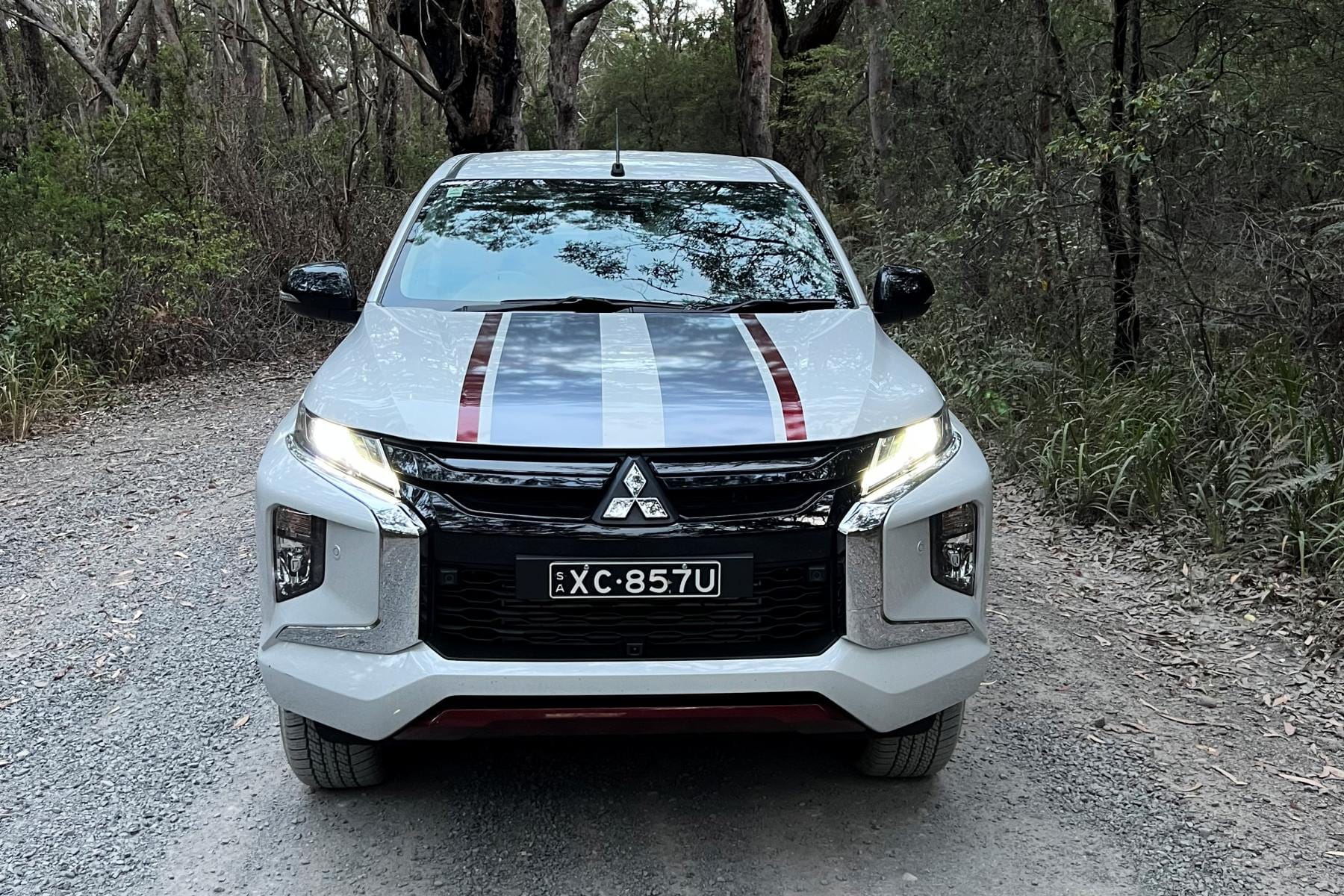Being aware of car insurance excess can be incredibly important if you own a vehicle. This fee often creates confusion among policyholders, but it is a crucial part of insurance contracts. Knowing when and how to pay it will help you save more dollars and a lot of frustration.

Defining Car Insurance Excess
Before getting into further details, it is vital to understand what is the excess in car insurance. It is how much a policyholder is willing to pay out of their pocket when making a claim. This number is fixed and specified in your insurance policy. It serves as a joint expense between the insurance company and the insured person to lower premiums.
Types of Excess
Generally speaking, there are two essential categories: mandatory and elective. Compulsory excess is an amount set by the insurer and cannot be negotiated. This would depend on the age of the person driving, their experience, and the type of vehicle insured.
The policyholder can pay a voluntary excess, where the policyholder chooses how much additional premium to pay in case of a claim against the policy. Choosing a higher voluntary excess also lowers premiums, but this means an increase in the amount you pay out of your pocket in case of an accident.
When You Pay Excess
You only pay excess when a claim is made and not required for regular policy payments or renewals. If a claim is submitted, the insurer will subtract the excess from any payment made. So, if the repair to a damaged car costs $2000 and the excess is $500, the insurer that would payout will only be $1500.
Exceptions to Paying Excess
Some instances do not call for paying excess. In case of an accident that was not the policyholder’s fault, the insurer may waive the excess if the other party is identified and assumes responsibility. This waiver depends on the individual insurance provider and the nature of the incident.
Choosing the Right Excess
Choosing the right level of excess is a fine balance between risk and affordability. Also choosing a higher voluntary excess can make the policy cheaper, but it increases the financial responsibility at the time of a claim. It ultimately comes down to what those behind the wheel can afford to pay for coverage and what kind of driving they do regularly.
A higher voluntary excess may be a good way to go if you have a good driving record and a decent amount of your savings. Conversely, if you make a lot of claims, a low excess might be the best idea.
Impact on Insurance Premiums
Excess directly affects premium amounts. One way to lower the premium is by opting for a voluntary excess. That cuts down on the risk the insurer takes, and some of that cost advantage is passed on to the policyholder.
On the other hand, a lower excess may mean higher premiums. Insurers factor that in with the possibility of having to pay out larger amounts on claims, which affects the cost of the policy.
Claim Process and Excess Payment
Alert the insurer as soon as possible when making a claim. They will guide the policyholder and explain how everything works, how the excess will be resolved, etc. Normally, once that excess is paid, the repairer handles the administration with payment, claiming the money over and above the excess from the repairer directly or having it deducted from the claim payout.
Ensuring all the mandatory documents are in place can expedite the process. Maintaining open communication with the insurer can also prevent misunderstandings and delays.
Common Misunderstandings About Excess
Car insurance excess is one aspect of the policy that is most misunderstood. Many think you have to pay this before any repairs, while others think it relates to every claim, even zero-fault claims. Addressing these misperceptions with the insurance representative can also prevent surprises if a claim under the policy is made.
Another myth is that increasing the excess always saves a lot of money. While it will trim premiums, the potential cost should be considered.
Final Thoughts
An integral part of any car insurance policy is the excess. Clarifying its purpose and implications allows policyholders to make informed choices that suit their financial considerations and driving needs. Ultimately, whether you go for a higher or lower excess comes down to personal preference and situation, as well as your ability to enjoy your driving in peace.



